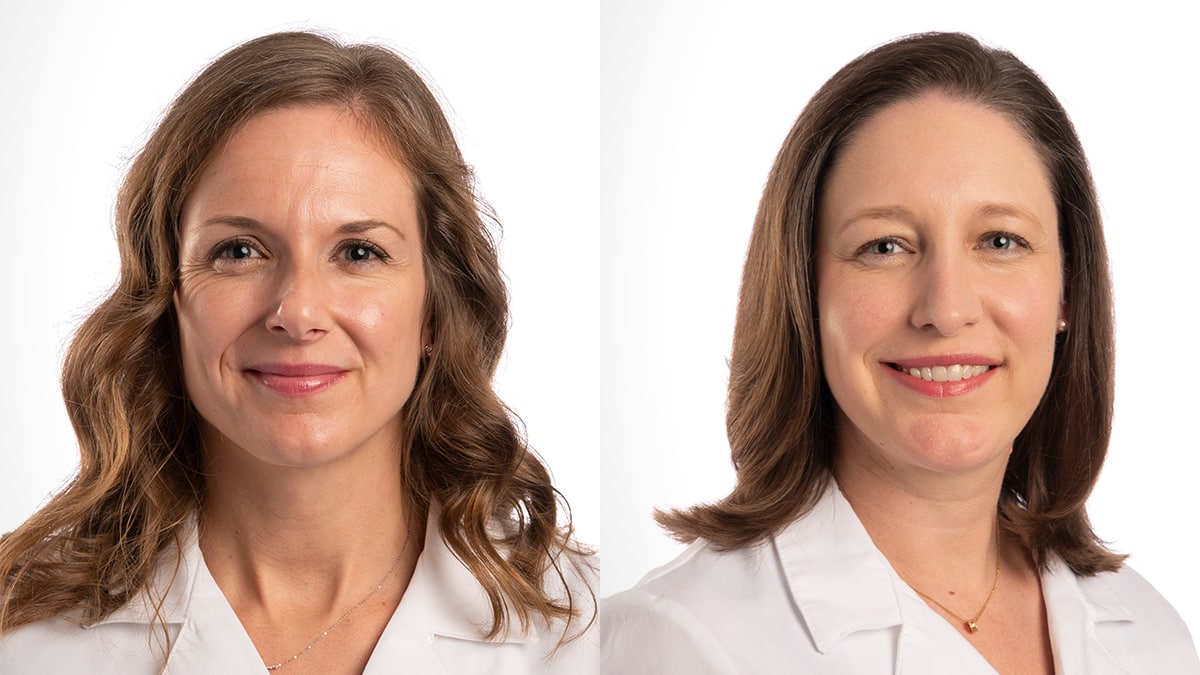UAMS Researchers Identify Most Accurate Hearing Screening Methods for Rural Children
| LITTLE ROCK — Researchers from the University of Arkansas for Medical Sciences (UAMS) evaluated the accuracy of various hearing screening tools in a rural school setting in a recent article published by Ear and Hearing, the official journal of the American Auditory Society.
Samantha Kleindienst Robler, Au.D., Ph.D., associate director of the UAMS Center for Hearing Health Equity, was the lead author of the article, “Changing the Paradigm for School Hearing Screening Globally: Evaluation of Screening Protocols From Two Randomized Trials in Rural Alaska.”
Susan Emmett, M.D., MPH, director of the center, was the senior author leading 11 co-authors on the article, which cited data collected during a landmark study that Robler and Emmett led in 2017-2020 in 15 communities in rural northwest Alaska.
The research team evaluated the accuracy of several screening tools for detecting hearing loss and middle ear disease in rural Alaskan children from preschool to 12th grade, including mobile health (mHealth) pure-tone screening, distortion product optoacoustic emissions (DPOAE) and tympanometry.
Robler and Emmett found that tympanometry, an objective test of middle ear health, was an essential tool for detecting infection-related hearing loss common in rural environments, increasing sensitivity by nearly 20% when combined with pure-tone screening and 10% when combined with DPOAE, an objective screen for hearing used with younger children.
“Both the mHealth pure-tone screen and the DPOAE screen performed better when tympanometry was added to the protocol,” the researchers concluded. They said this shows that “tympanometry is a key component in the hearing screening protocol, particularly in environments with higher prevalence of infection-related hearing loss.”
Researchers also concluded that “high-frequency mHealth pure-tone screen with tympanometry was the superior tool for children 7 years and older. For children 3 to 6 years of age, DPOAE plus tympanometry performed the best.”
Despite these compelling results, adding tympanometry to a screening program in rural and underserved areas may prove challenging. Commercially available tympanometers are expensive and designed to be used by highly trained audiologists. To address this gap, Robler and Emmett received a $50,000 pilot grant from the UAMS Translational Research Institute to assist in their ongoing efforts to develop a low-cost, cell phone-based tympanometer to detect problems in the middle ear. Their goal is to encourage uniform, routine screenings by schools and community health workers to better identify children who are at risk of developing infection-related hearing loss or who have already developed it but haven’t been diagnosed, as part of an ultimate effort to reduce childhood hearing loss.
“Infection-related hearing loss often goes undetected in children, particularly those in rural communities who lack easy access to health care,” Robler said. “It is a leading cause of preventable hearing loss, which affects speech and language development, learning ability and the ability to find a job. This is why we chose to focus on the best methods for easily and accurately identifying childhood hearing loss.”
Sixty percent of hearing loss in children is preventable, according to the World Health Organization, and this estimate rises to 75% in underserved communities where infection-related hearing loss is most common.
“No work to-date has evaluated screening tools on such a scale, and the implications for how it will inform guidelines and policy is significant,” Robler described. “We anticipate that this paper will change how school screening is performed in rural and underserved communities across the U.S. and abroad, improving identification of infection-related childhood hearing loss in regions of the world most affected by the lifelong implications of this preventable and treatable health disparity,” Emmett added.
UAMS is the state’s only health sciences university, with colleges of Medicine, Nursing, Pharmacy, Health Professions and Public Health; a graduate school; a hospital; a main campus in Little Rock; a Northwest Arkansas regional campus in Fayetteville; a statewide network of regional campuses; and eight institutes: the Winthrop P. Rockefeller Cancer Institute, Jackson T. Stephens Spine & Neurosciences Institute, Harvey & Bernice Jones Eye Institute, Psychiatric Research Institute, Donald W. Reynolds Institute on Aging, Translational Research Institute, Institute for Digital Health & Innovation and the Institute for Community Health Innovation. UAMS includes UAMS Health, a statewide health system that encompasses all of UAMS’ clinical enterprise. UAMS is the only adult Level 1 trauma center in the state. UAMS has 3,275 students, 890 medical residents and fellows, and five dental residents. It is the state’s largest public employer with more than 12,000 employees, including 1,200 physicians who provide care to patients at UAMS, its regional campuses, Arkansas Children’s, the VA Medical Center and Baptist Health. Visit www.uams.edu or uamshealth.com. Find us on Facebook, X (formerly Twitter), YouTube or Instagram.###
